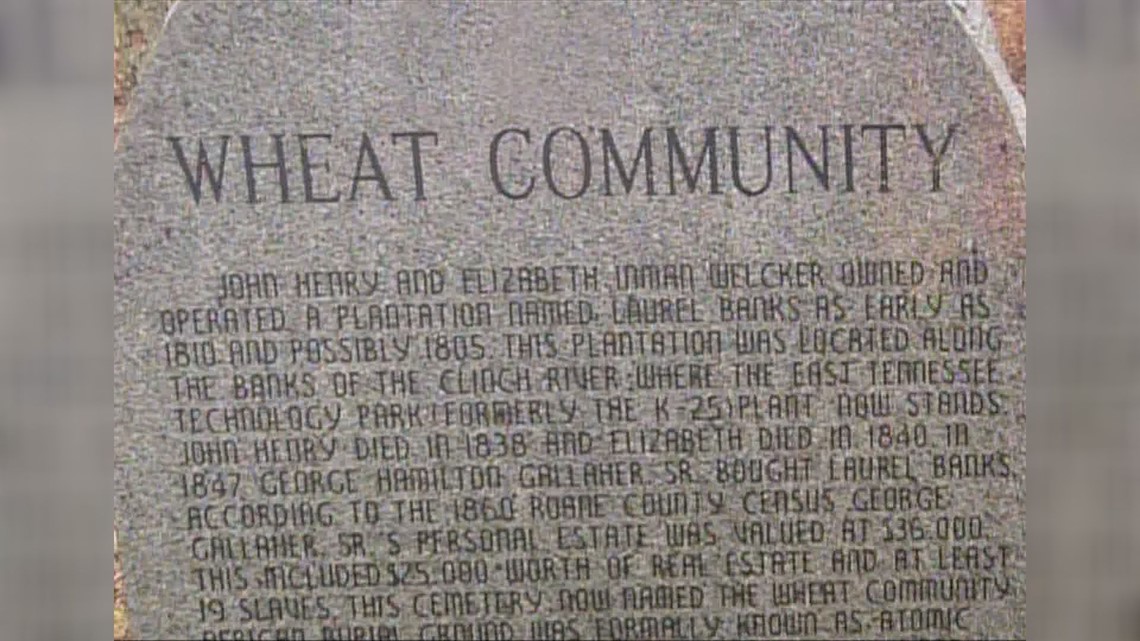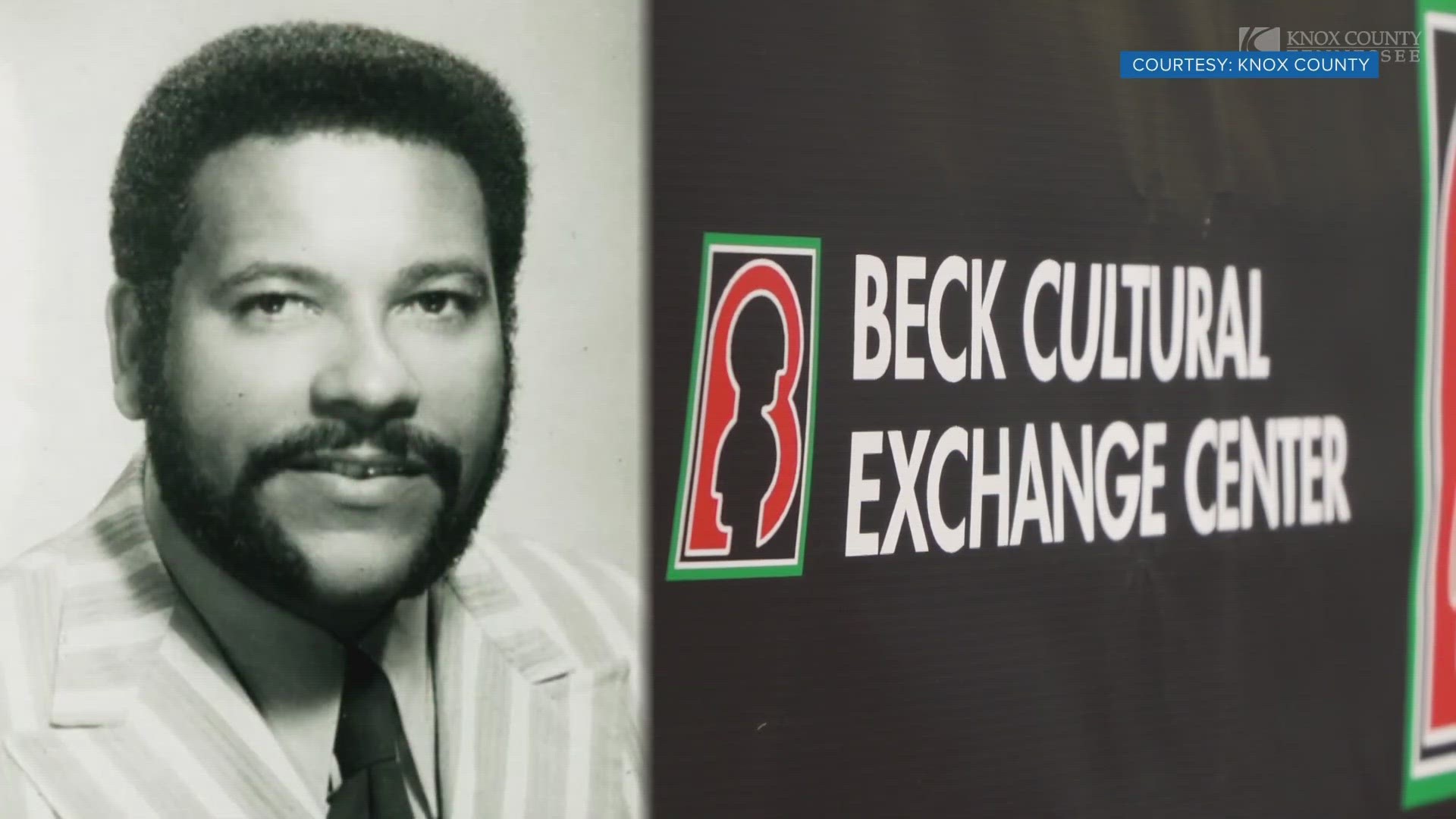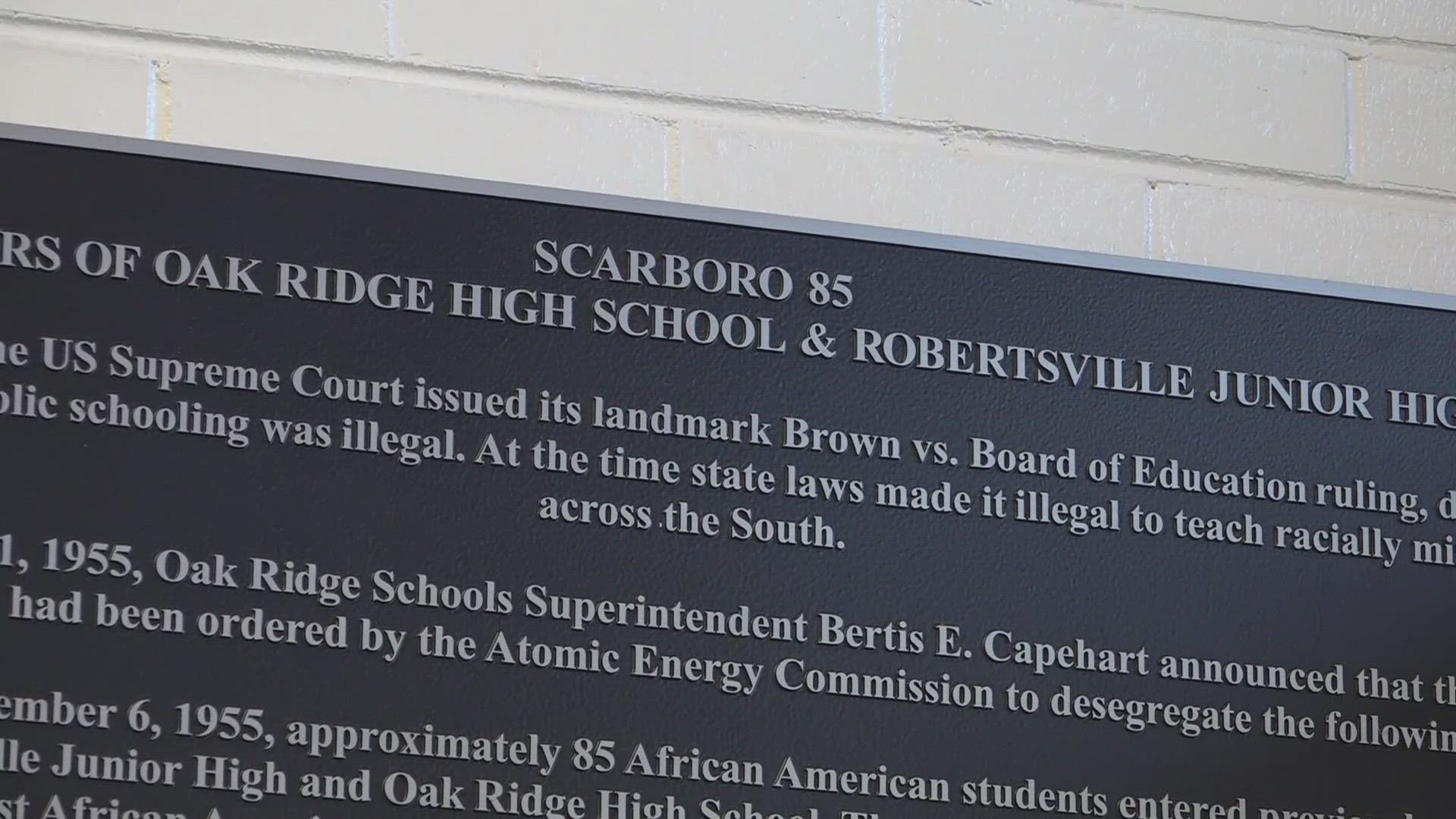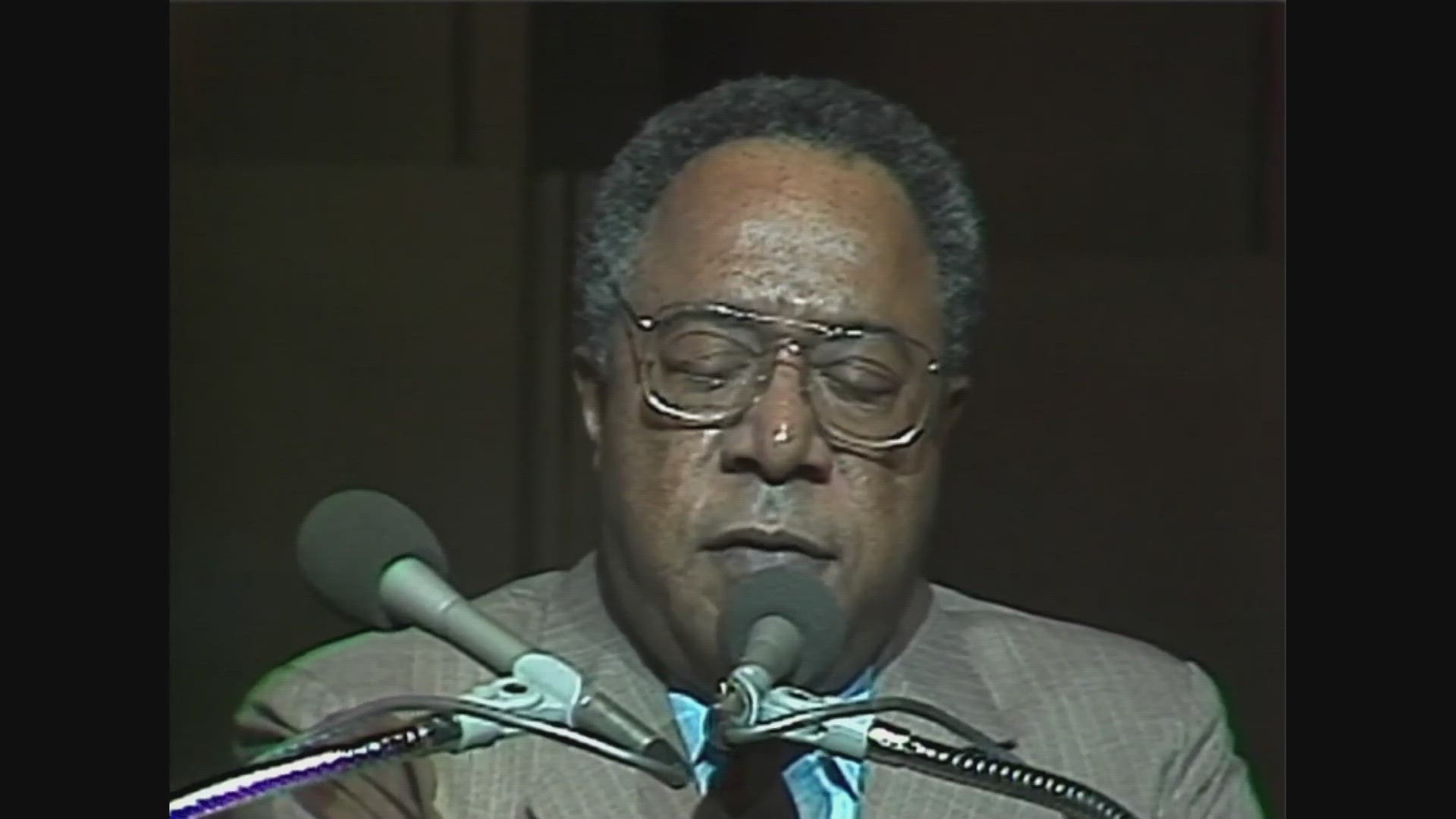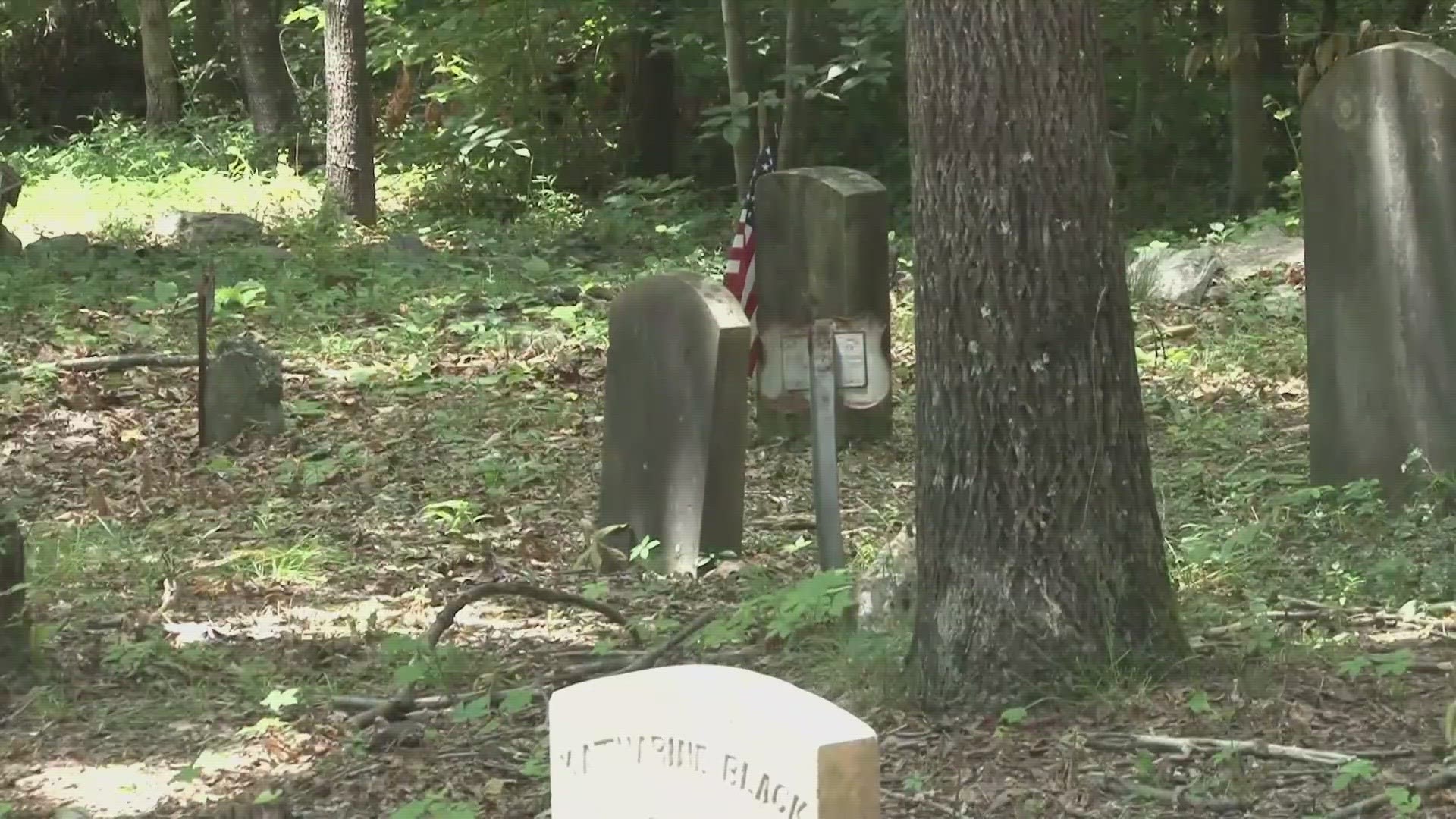ANDERSON COUNTY, Tenn. — Black History Month is a time for people to honor and focus attention on African Americans who made contributions and sacrifices that helped shape the nation.
East Tennessee has many stories of how African Americans made improvements within its region.
Here's a look at some historically Black stories from within Anderson County.
Scarboro 85
On Sept. 6, 1955, 85 Black students from the historic Scarboro community integrated Oak Ridge High School and Robertsville Junior High, marking the first time any school was desegregated in the Southeast.
Known as the Scarboro 85, the story of the civil rights pioneers went unrecognized for over six decades.
A celebration honoring the 85 in September 2020, was the catalyst for getting the Scarboro students the recognition they deserved.
Since then, the 85's story was implemented into the Oak Ridge history curriculum. Scholarships were created in their name, as well as a preschool. They've been honored on a local level and the national stage. There are also plans to build a Scarborough 85 monument in Oak Ridge.
Now, the Scarboro 85 has been added to the statewide curriculum for Tennessee ensuring their legacy and contributions will be remembered forever.

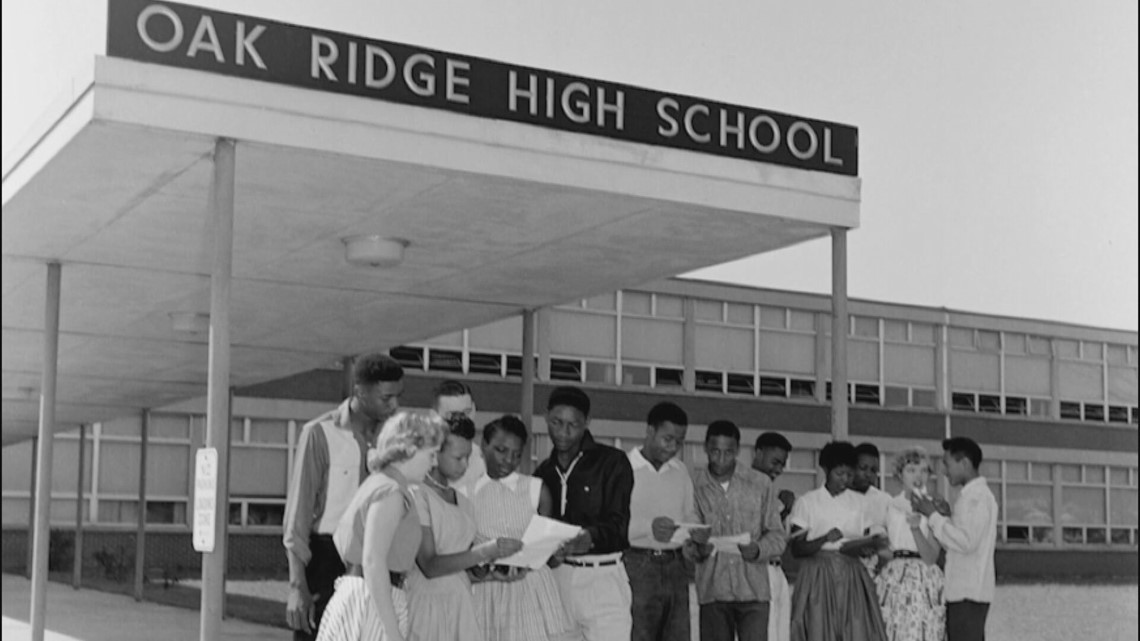
Alex Haley
"I have a saying. It’s sort of a credo of mine. It’s not original to me. I was driving one day in Los Angeles, and I saw on a bumper sticker ahead of me, the words ‘Find the good and praise it,’ and I believe in that. So, I guess what I would like to be most remembered for is the fact that in my writing, in my efforts, as much as I could, I tried to find the good and praise it,” Alex Haley said.
The author of renowned works "The Autobiography of Malcolm X" and "Roots" visited the Museum of Appalachia during his visit to the 1982 World's Fair.
Enthralled with the beauty of East Tennessee, Haley relocated to Norris in Anderson County. He lived there until he died in 1992.

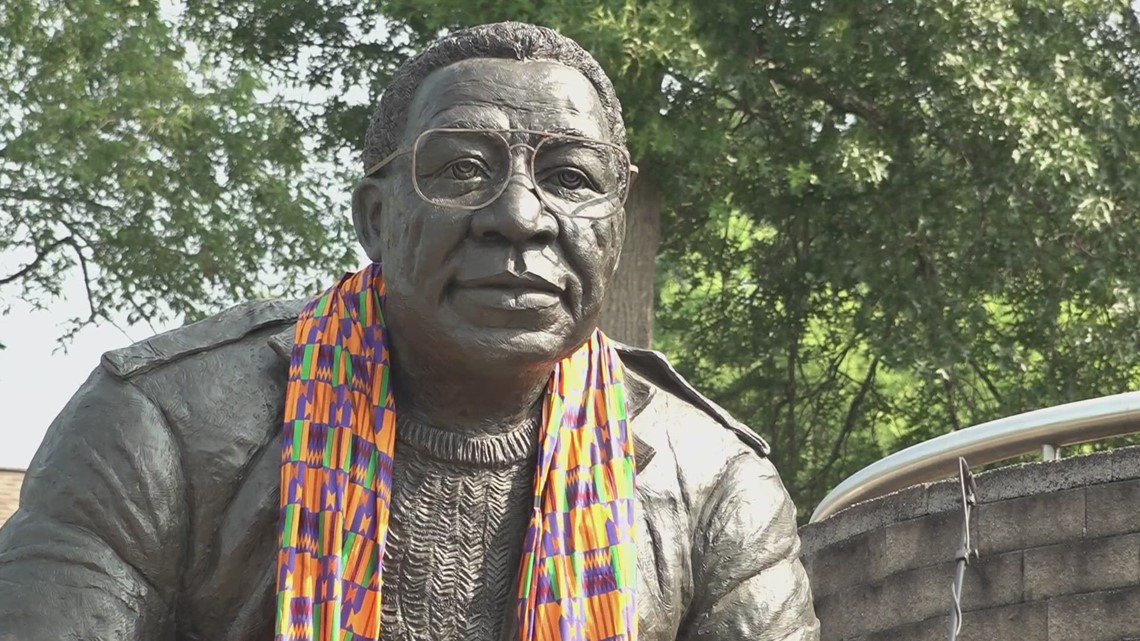
Green McAdoo Center
Named after a Clinton-born buffalo soldier of the same name, the Green McAdoo school served as a segregated institution for black students in grades 1 through 8 from 1935 to 1965.
"I remember it was good. It was homey," a former student said.
After its closure, the school sat in disrepair for nearly 40 years, until a movement began to turn the former schoolhouse into a place to honor the civil rights pioneers known as the Clinton 12.
Through federal funding, repair work began on the building in the mid-2000s.
In August 2006, on the eve of the 50th anniversary of the day that the first 12 Black students graced the halls of Clinton High School, the Green McAdoo Cultural Center opened its doors. The following year, 12 statues were unveiled depicting the 12 students who broke racial barriers in Clinton.
The Green McAdoo is keeping the memory of the Clinton 12 alive as it sits atop the hill overlooking the road the 12 walked as they stepped into history.

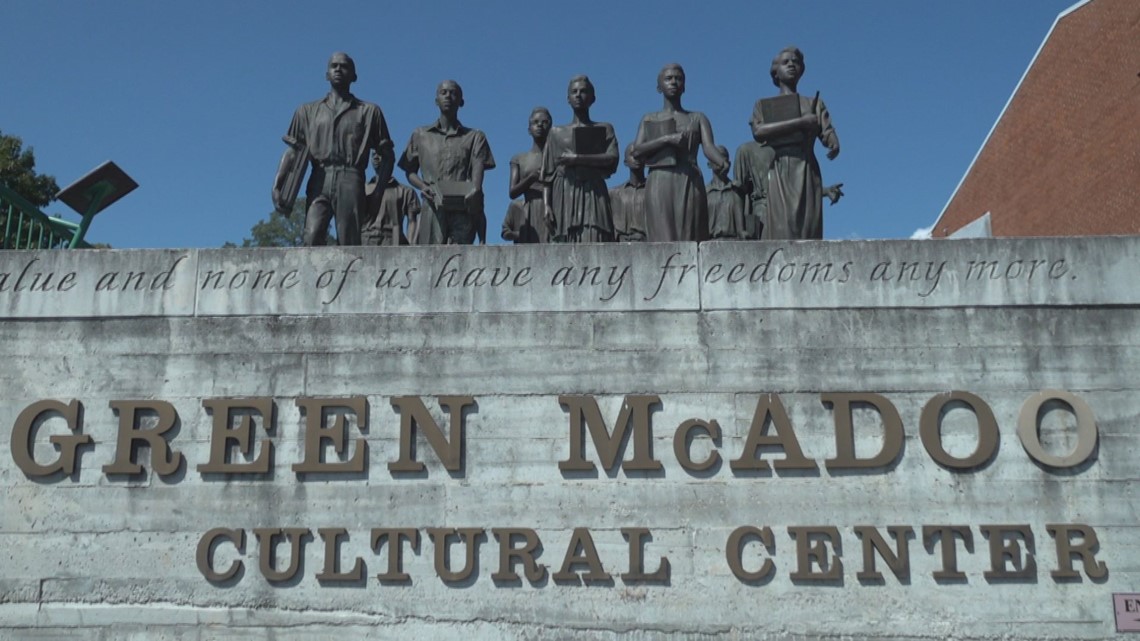
African American Cemeteries
The once-neglected Black Family Cemetery has been open to the public since 2021.
The Blacks owned a farm in Anderson County and were some of the first settlers in that area. The cemetery's reopening came after a local historian used records from TVA to discover who was buried there and help a family get to know their ancestors.
Some of those family members include John, Katherine and Joseph Black. John was an enslaver and the owner of the Black Farm in Anderson County. Of the 210 bodies buried in Black Cemetery, 75 of those are slaves.
The Wheat Community African Burial Ground in Anderson County honors African American slaves once owned by farmers in the area. The site was dedicated in 2000.
The cemetery holds more than 90 unmarked slave graves thought to be part of the Gallaher-Stone plantation.

